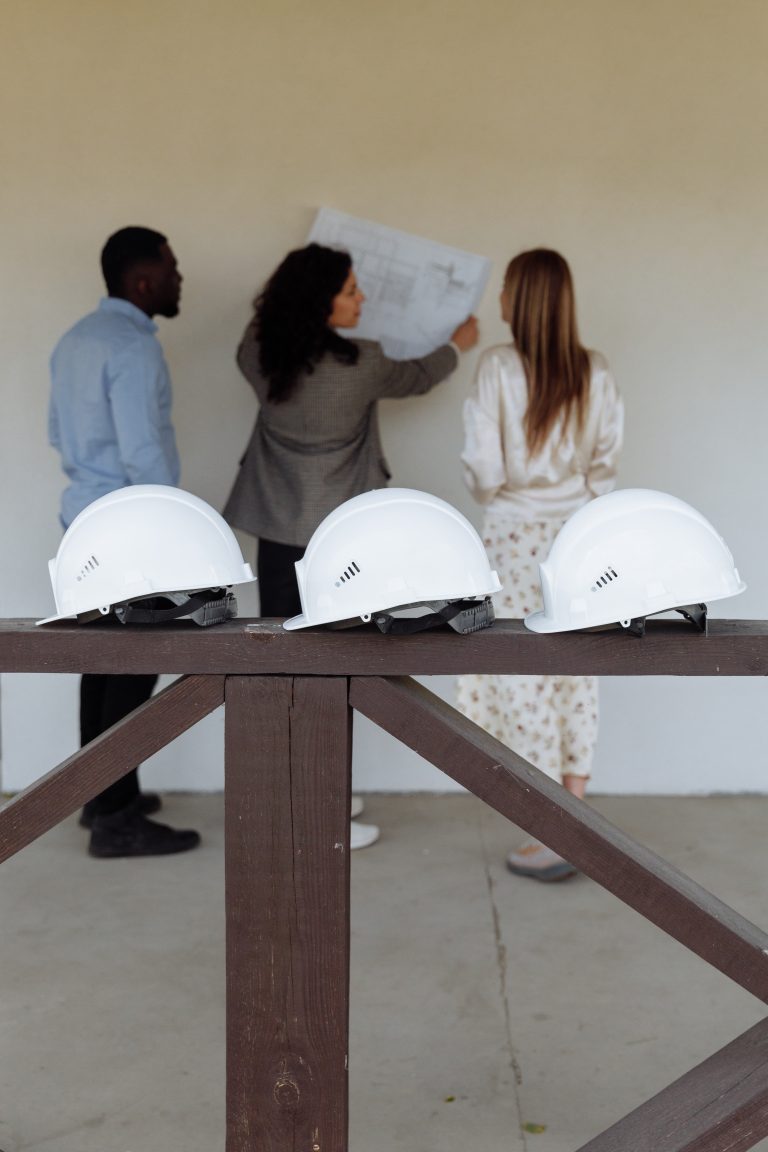OCTOBER 2022, issue 2
ELITE PERMITS
BRIEFING ON CONSTRUCTION & Some other stuff
Written by TATIANA gUSt
In general, local building departments are tasked with ensuring that the building codes and local regulations are followed by the businesses and residents of the city. As part of the process, they also have to ensure that the person applying for a permit is a legitimate contractor and has the proper documentation as required by the State or local government.
To apply for building permits, a person must be a licensed contractor within a specific discipline or be an owner builder. In this blog we are going to address contractors only. In a future blog we will discuss owner builders.
In Florida, you can be a state–licensed contractor or be licensed only at the local level. In general, this means if you are licensed locally, you can only work within that jurisdiction, while state–licensed contractors can work in any municipality within the state.

The fact that a person is licensed is only the first step in the process. The next step is to register in the local municipality in order to apply for and receive building permits. The purpose of this registration is to have the contact of the contractor on file, proof of liability insurance, and proof of workers’ comp or exemption, if applicable. Many contractors often tell me that they are licensed at the state level and all their information is on the public portal with the state, so to them, it doesn’t make sense to have to register. While this statement may be correct, the state database only has the contact information for the contractor, and they don’t necessarily keep a database with updated insurance and workers’ comp information.
Thus, the purpose of registration is to protect both the residents and the contractor, to ensure that the contractors have proper insurance and workers’ comp and having their up-to-date information on file ensures no one else other than themselves are pulling permits in that jurisdiction.
The state recognizes this local registration requirement and prohibits local municipalities from charging contractor registration fees, since they already pay fees at the state level. However, there are few building departments that still charge the contractors as a “software usage fee,” meaning that at the time of registering, the contractor must pay a fee to use the building department’s software. If contactors do not want to pay the fees, then the contractor must appear in person at the building department to provide proof of insurance and workers’ comp every time the contractor needs to apply for a permit or request an inspection. As you can imagine, this can be extremely time consuming, thus most contractors pay for the convenience of conducting business.
I hope explaining the reasons of why governments have the process they have in place sheds some light on the importance of these efforts to protect all parties in the process. It is not perfect, but it works for the good of the many.
Let me know if you want to learn about a specific topic in the construction arena! Like and share our blog and see you next time!







